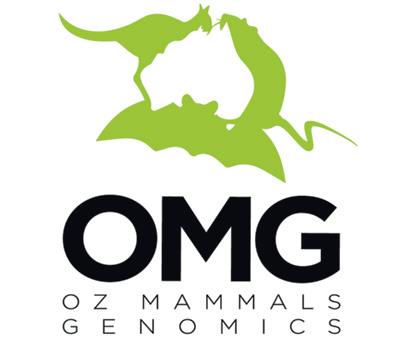Golden bandicoot conservation genomics
Conservation genomic assessment of island, mainland and reintroduced populations of golden bandicoots
The golden bandicoot (Isoodon auratus) was once widely distributed across northern and central Australia but has experienced major population contractions and a dramatic decline in number over the last 220 years. The taxonomy of the species at both the specific and sub-specific level has been in a state of flux for several decades, making ongoing conservation management of the species at both state and national level complex.
We are using ddRAD sequencing to estimate genetic differentiation and genetic diversity amongst the natural island and mainland populations of I. auratus, and to assess the conservation of genetic diversity in each of the translocated populations relative to their source populations to inform their ongoing management.
In addition to investigating genetic diversity in natural and translocated populations of I. auratus, we will also generate ddRAD data for a subset of Isoodon fusciventer and Isoodon obesulus samples that will complement the exon capture dataset currently being generated by the southern brown bandicoot conservation genomics project, to help discriminate between the closely related I. auratus and I. fusciventer and resolve their taxonomy.
Project coordinator:
- Kym Ottewell (Department of Biodiversity, Conservation and Attractions, WA)
Project collaborators:
- Margaret Byrne (Department of Biodiversity, Conservation and Attractions, WA)
- Steve Cooper (South Australian Museum)
- Craig Moritz (Australian National University)
